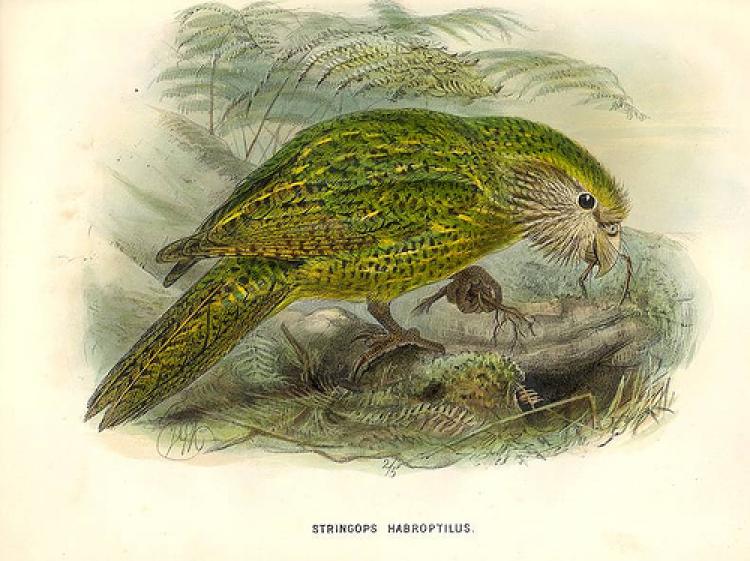“[The kakapo boom was] like a heartbeat: a deep powerful throb that echoed through
the dark ravines. It was so deep that some people will tell you that they felt it stirring in their gut
before they could discern the actual sound, a sort of wump, a heavy wobble of air.”
From ‘Last Chance to See’ (1990) by Douglas Adams & Mark Cawardine
Lekking: May the Best Man Win
Lekking is a phenomenon referred to by animal behaviourists when studying certain species of animals, mainly birds, although a few insects and mammals are also known to lek, for instance orchid bees and hammerhead bats.
|Updated:





